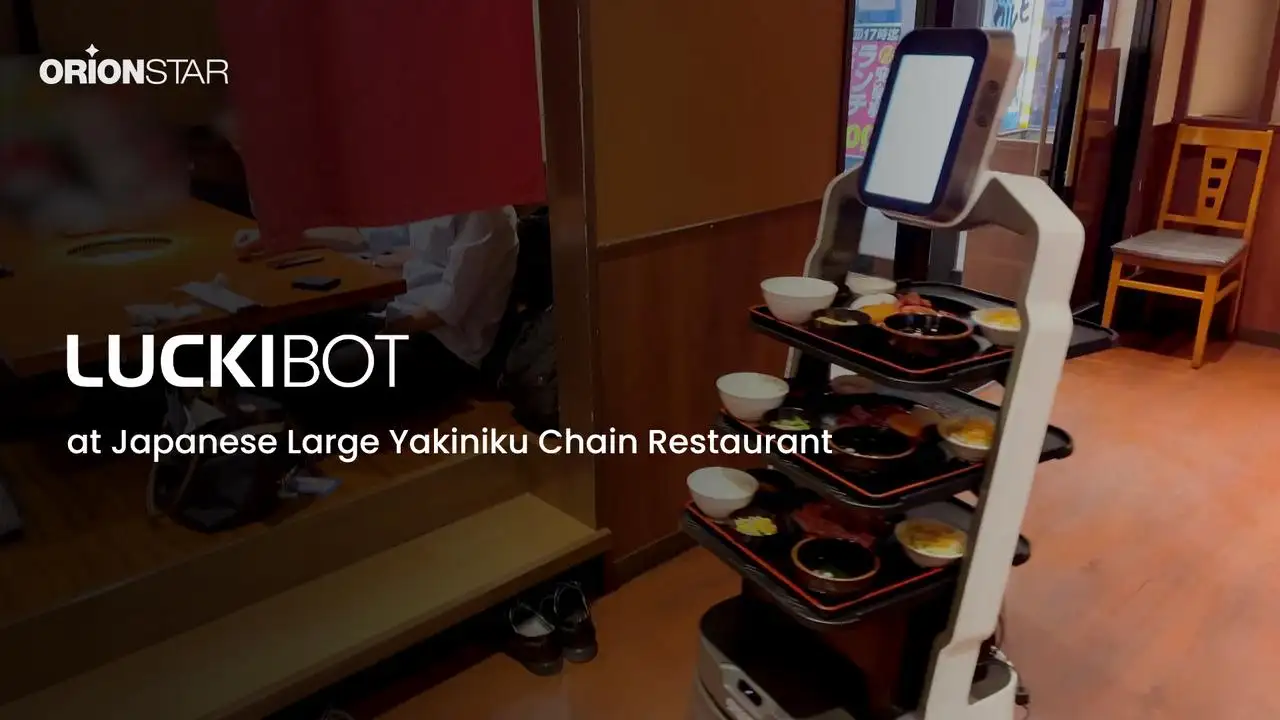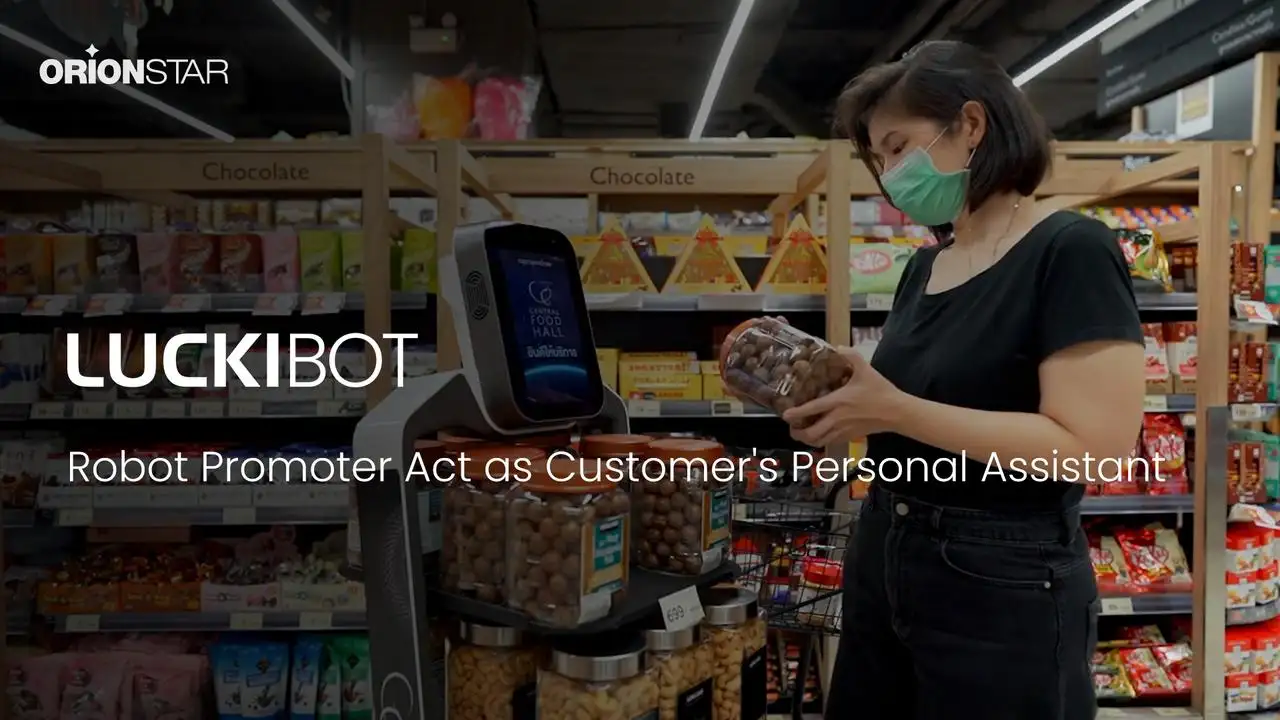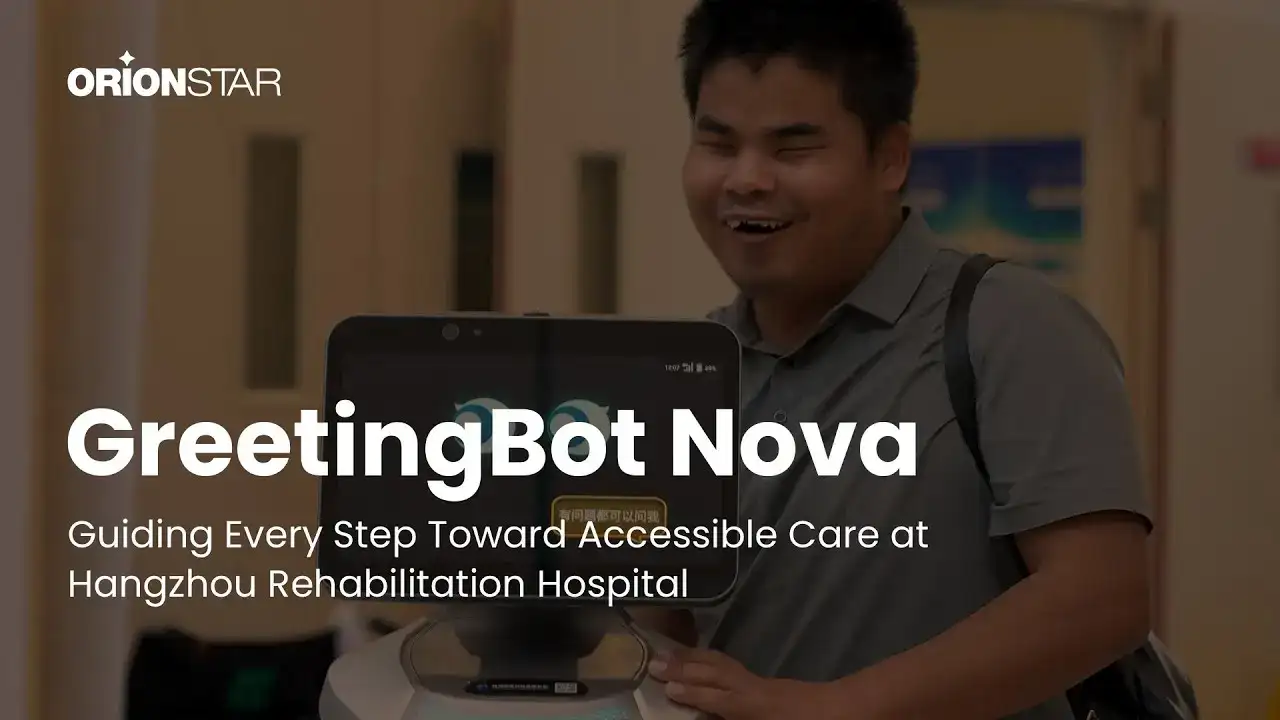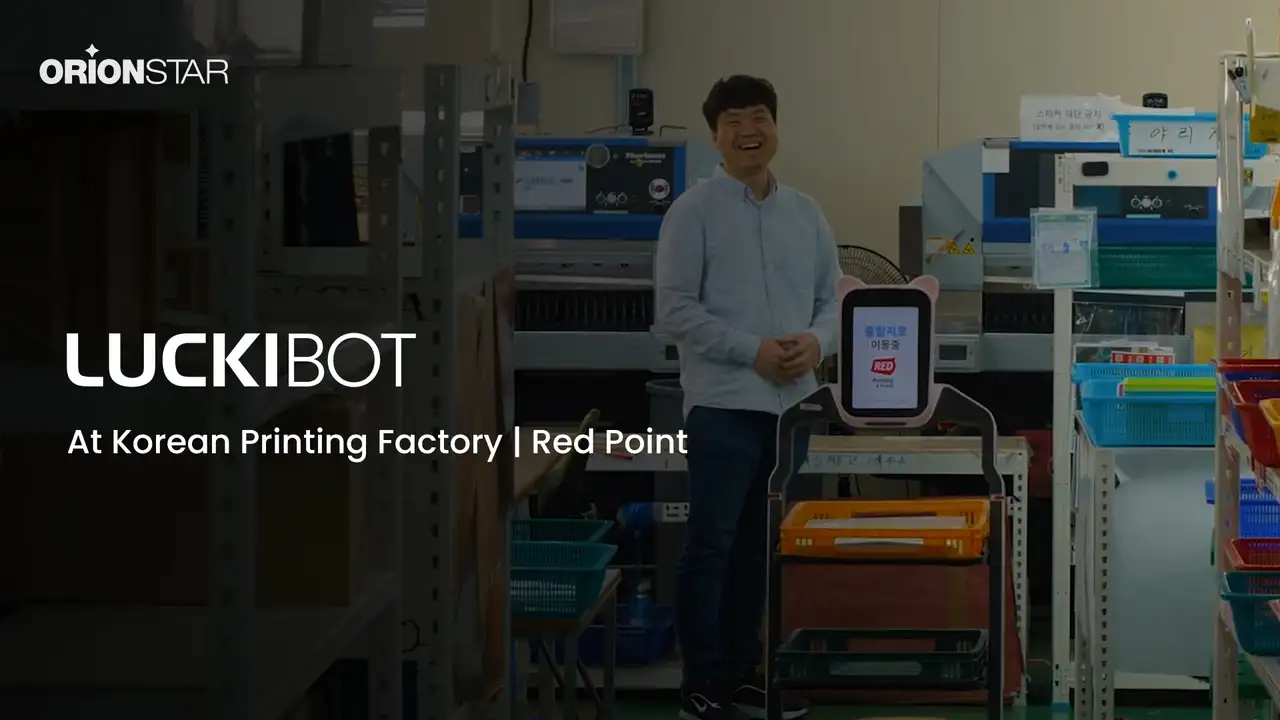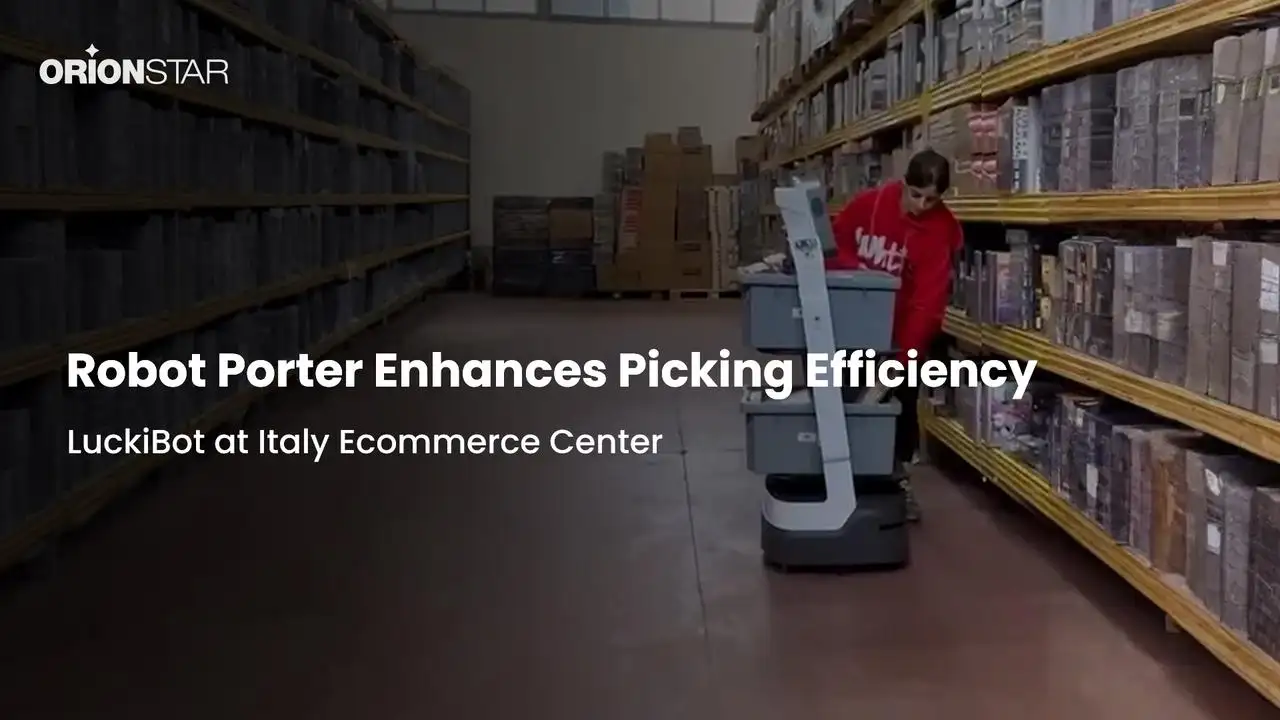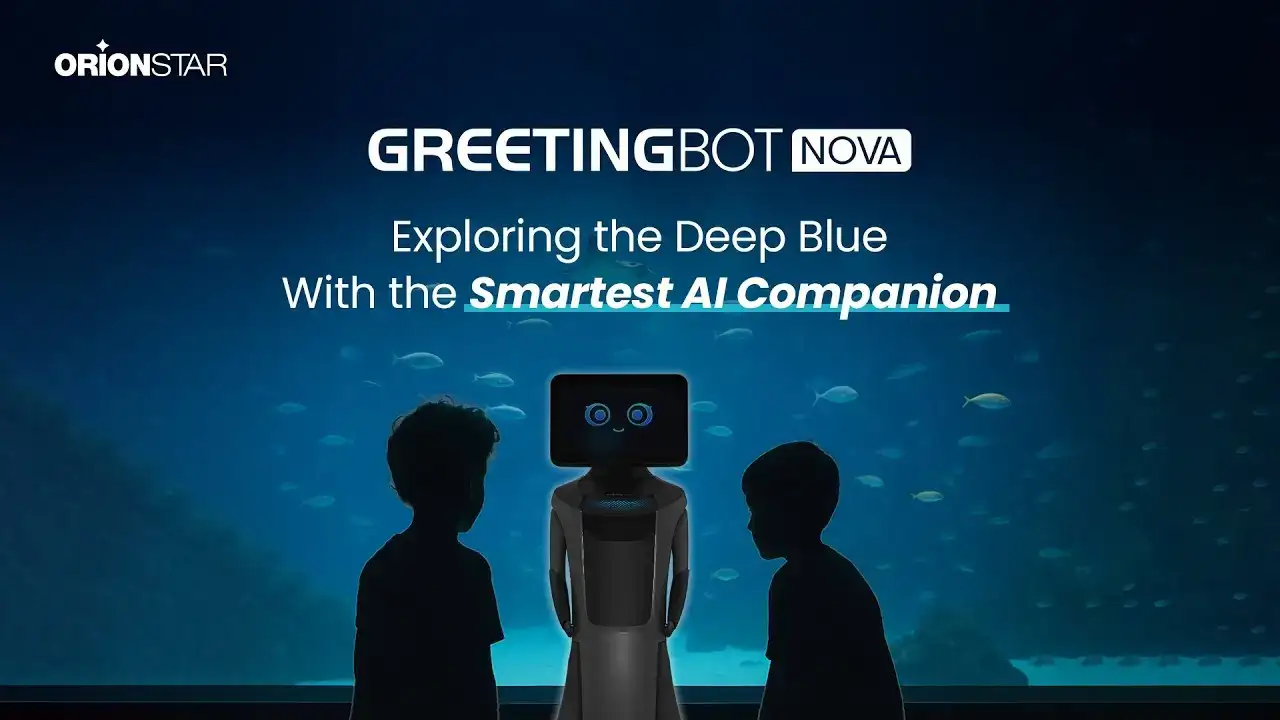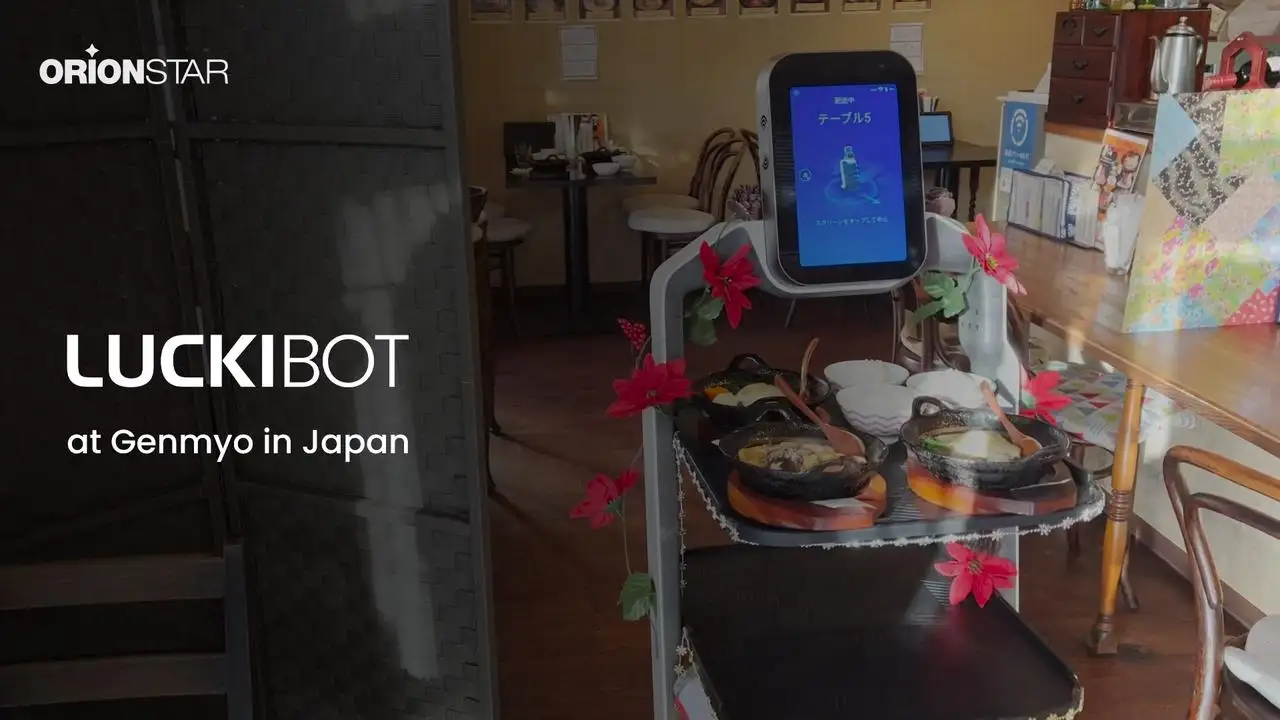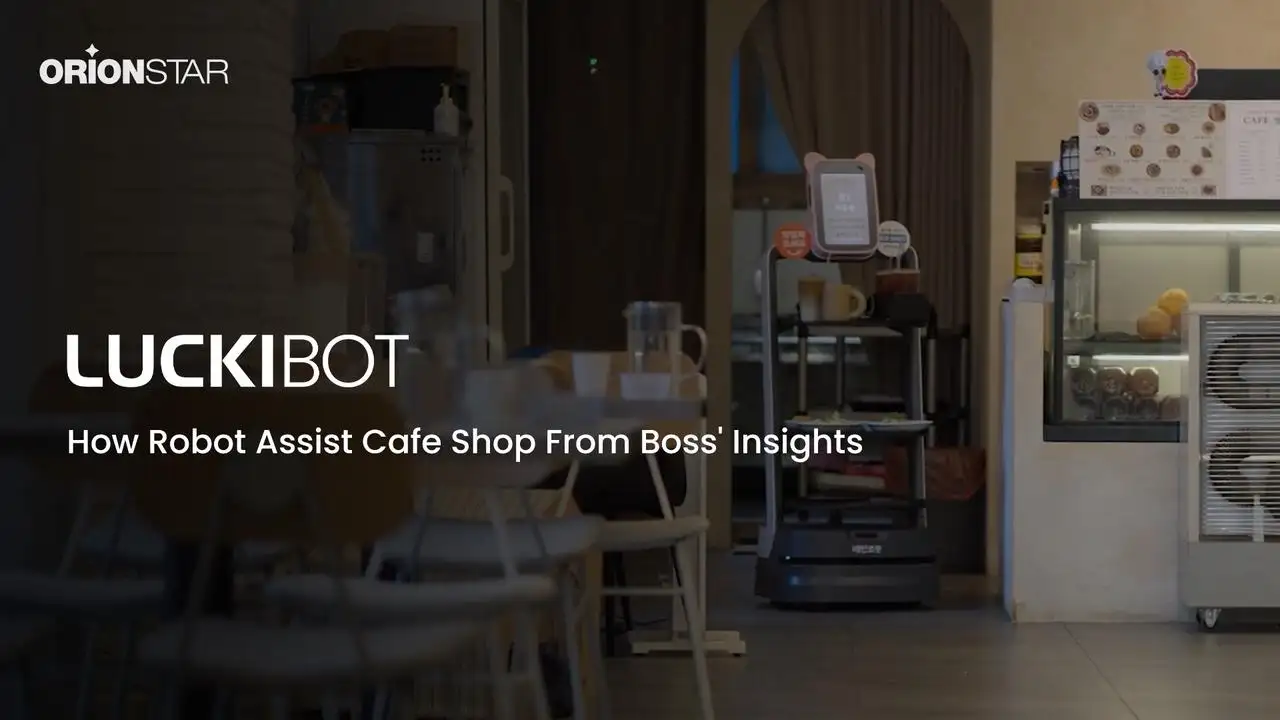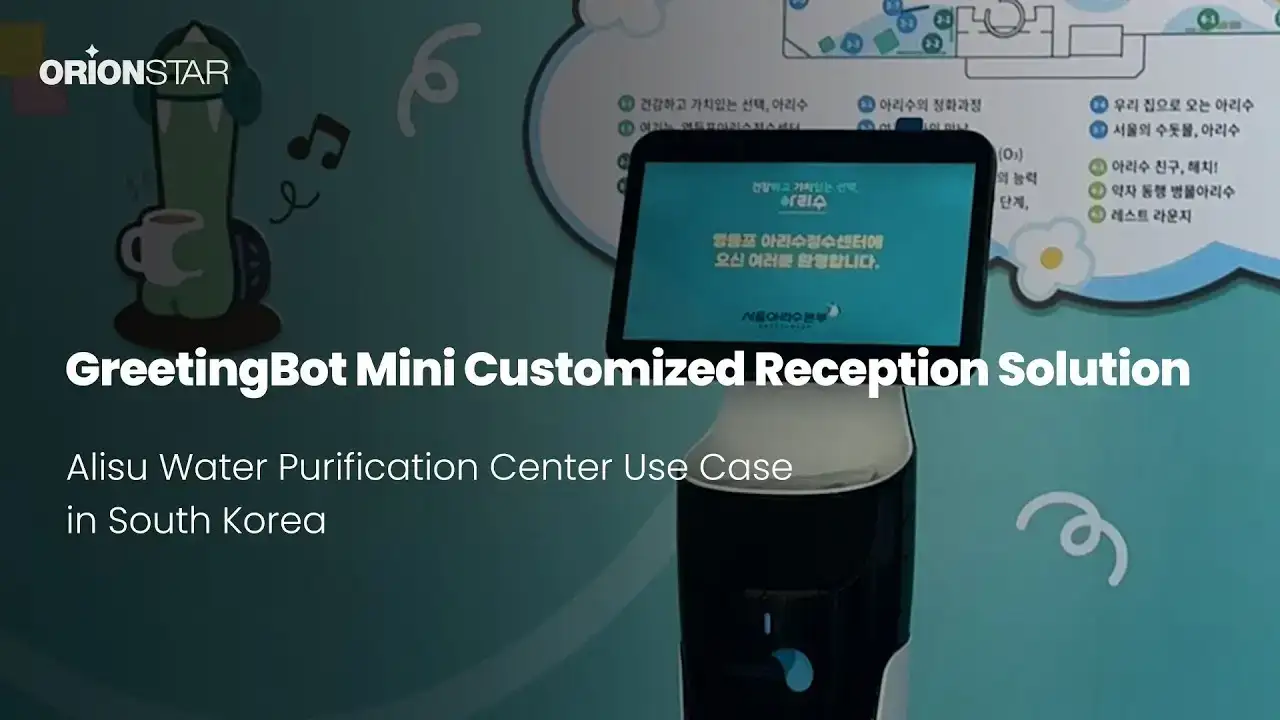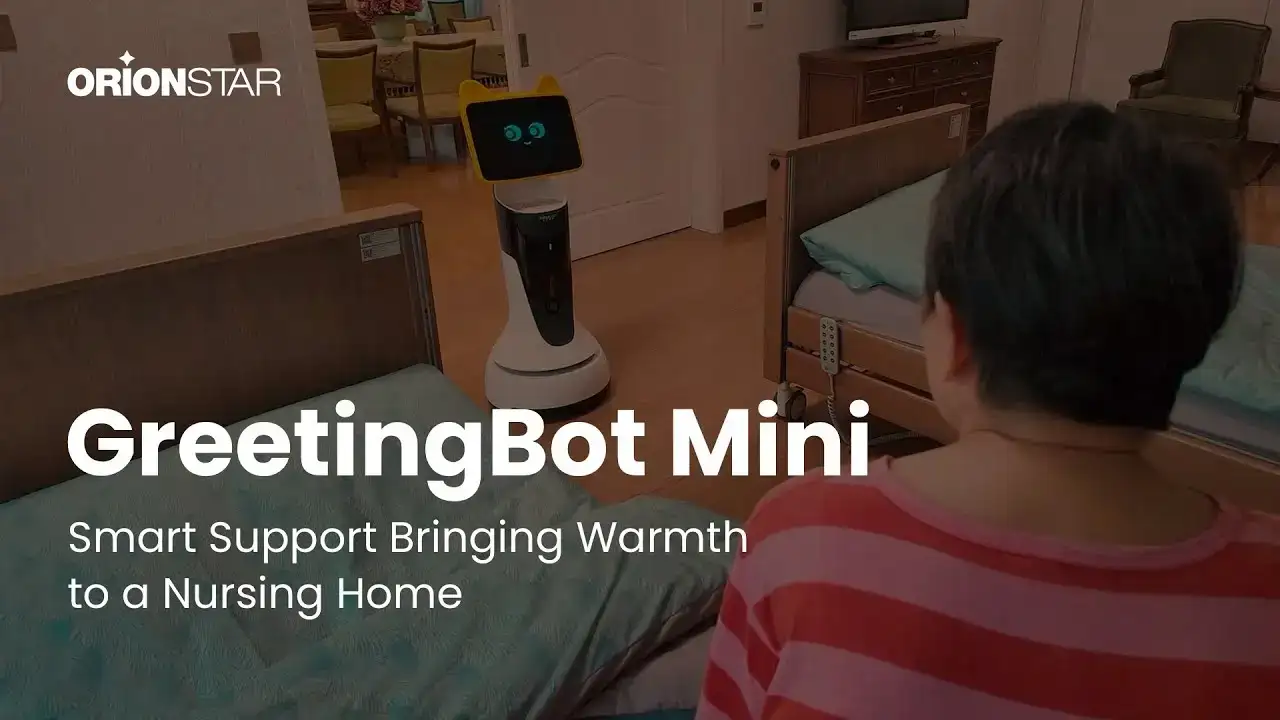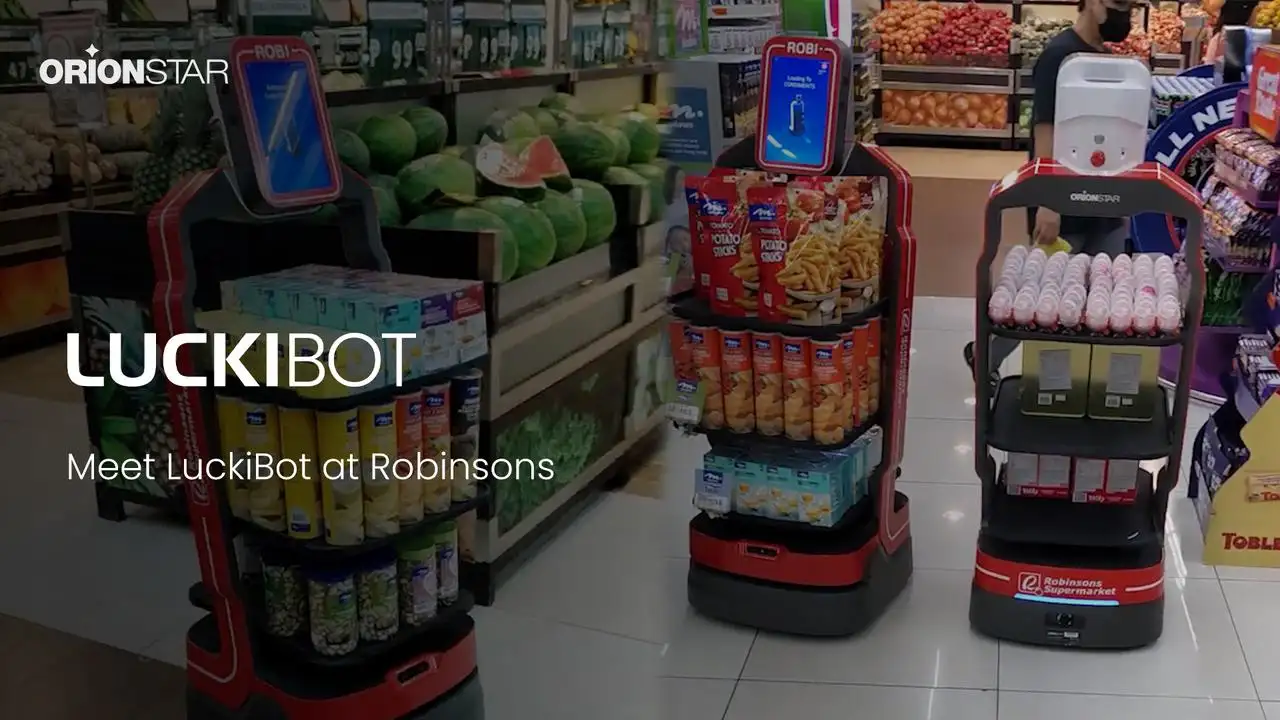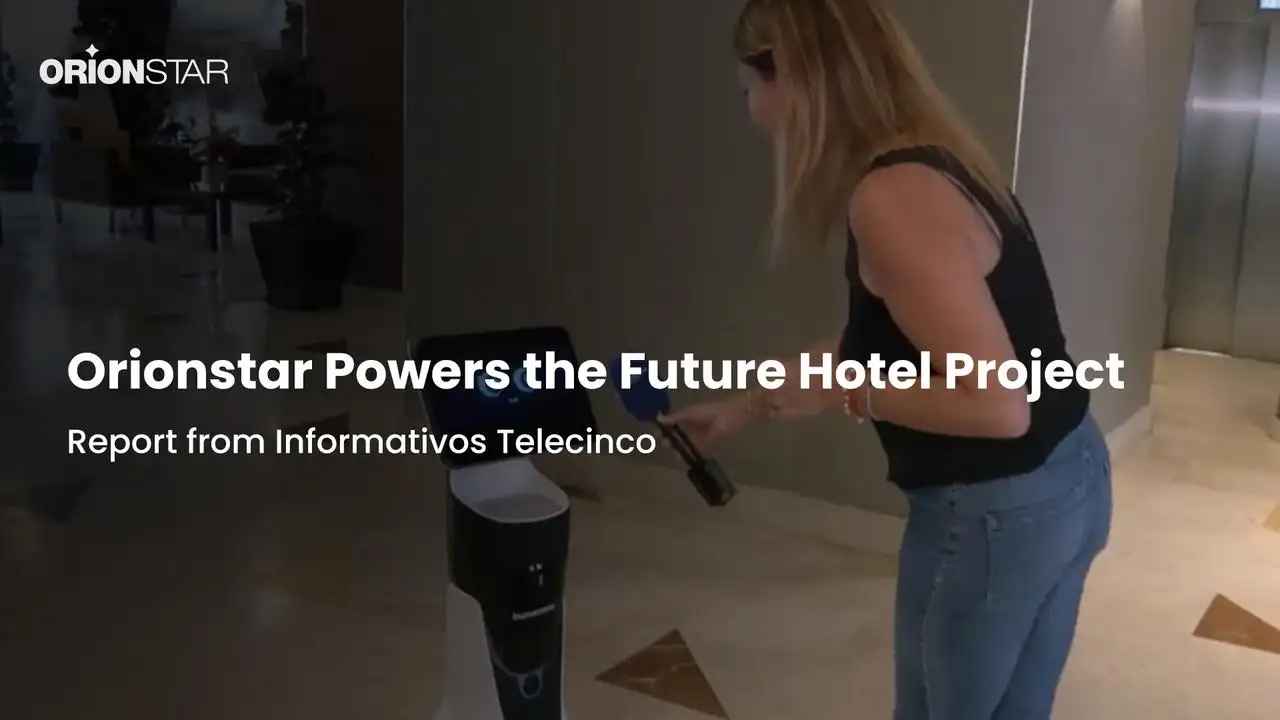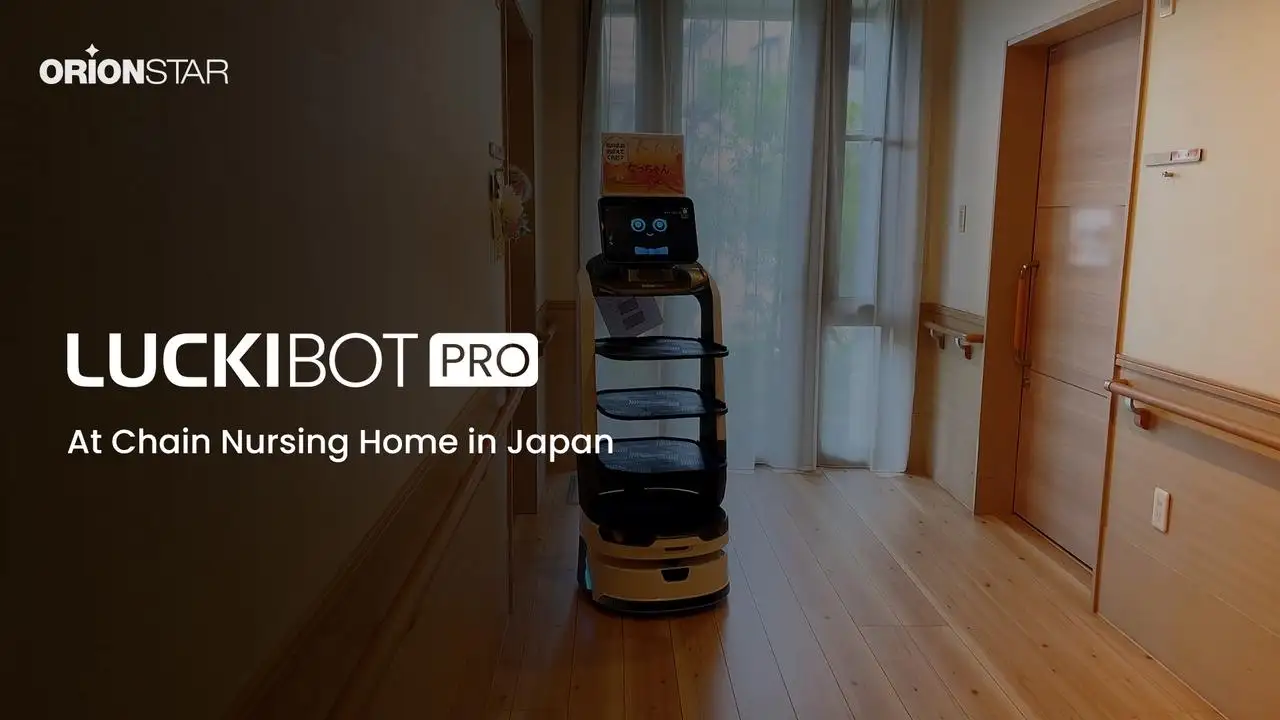3 Tasks at Once, Improving Service Efficiency
In large yakiniku chain restaurants in Japan, a robot waiter can deliver meals 150-220 times per day, handling 600-900 dishes—an efficiency equivalent to 2-3 part-time human waiters, each delivering about 300 dishes daily. In developed and aging societies like Japan, these robot waiters help improve staff stability, address labor shortages, and enhance the enjoyment of service and interaction compared to hiring part-time employees.
Robot Promoter, Customer's “Personal Assistant”
TOPS is a major supermarket chain in Thailand, with over 100 stores across many tourist cities and popular attractions. The vast space and diverse range of products pose significant challenges for customer service and product inquiries. To address this issue, the supermarket has introduced robot promoters that provide guidance to customers, helping them quickly locate the products they need. These robots are also agile and mobile, carrying promotional products to directly showcase them to customers, thereby enhancing product visibility.
Robot Guide: A Reliable Companion for Accessible Healthcare
For many people with visual impairments, going to a hospital can be filled with hesitation and anxiety. At Hangzhou Rehabilitation Hospital, GreetingBot Nova addresses this challenge by serving as a dependable smart guide. Equipped with advanced voice interaction, autonomous navigation, and precise obstacle avoidance, Nova provides clear audio directions and safe physical support, helping patients move independently and confidently. It is a powerful demonstration of how technology can be harnessed to create a warmer, more equitable world where no one is left behind.
Robot Porter Handle the Delivery, Freeing Workers to Innovate
The Korean Red Printing Factory is renowned for its high-quality buttons and stickers, with a daily output of up to 5,000 pieces. Efficient material handling is crucial in the key stages of cutting, button-making, trimming, and packaging. However, challenges like inefficiency due to material transport, increased error rates from worker fatigue, and foot injuries from traditional carts have emerged. To address these issues, they introduced robot porters to take over material handling. This not only improved production efficiency and product quality but also significantly enhanced safety through autonomous navigation technology.

